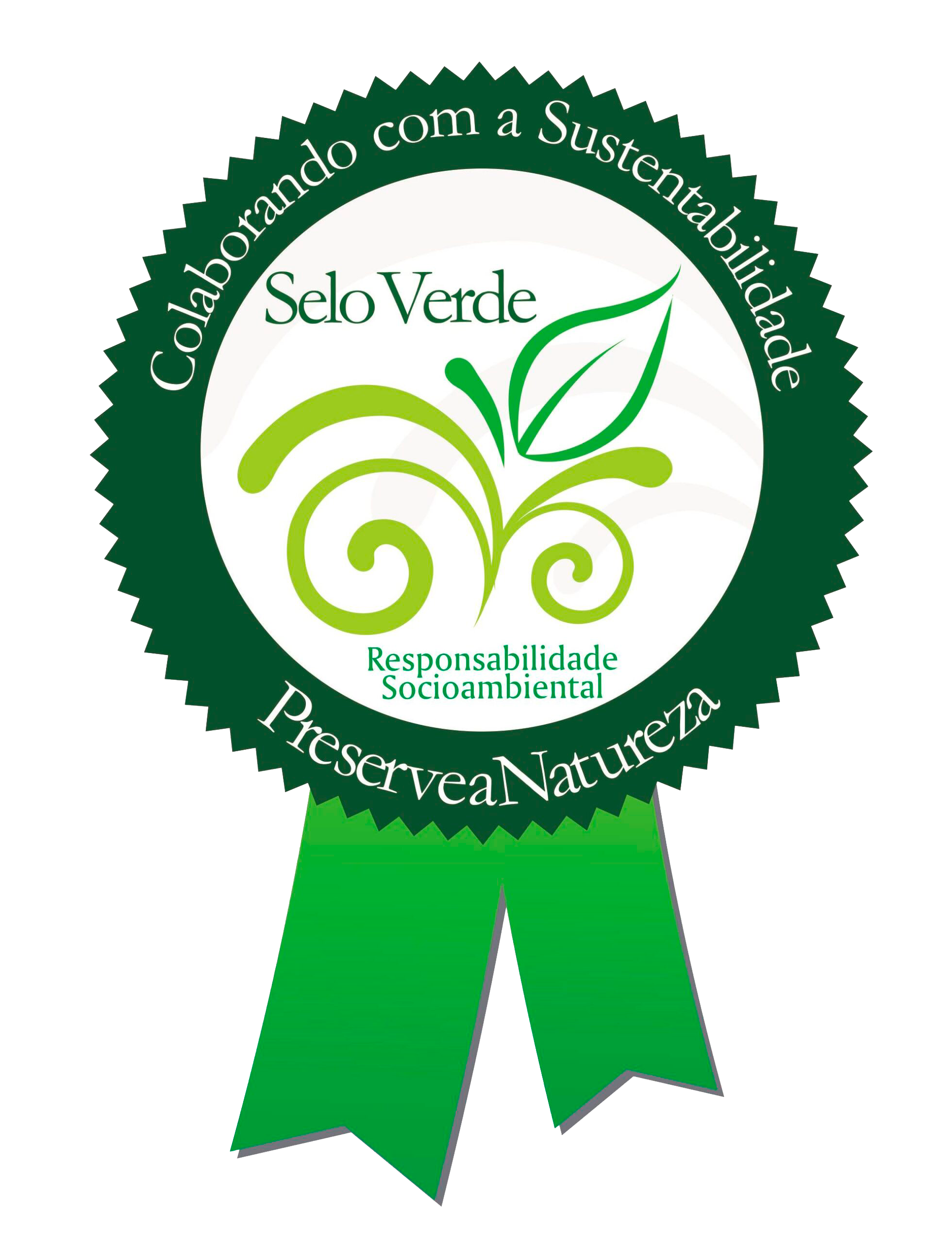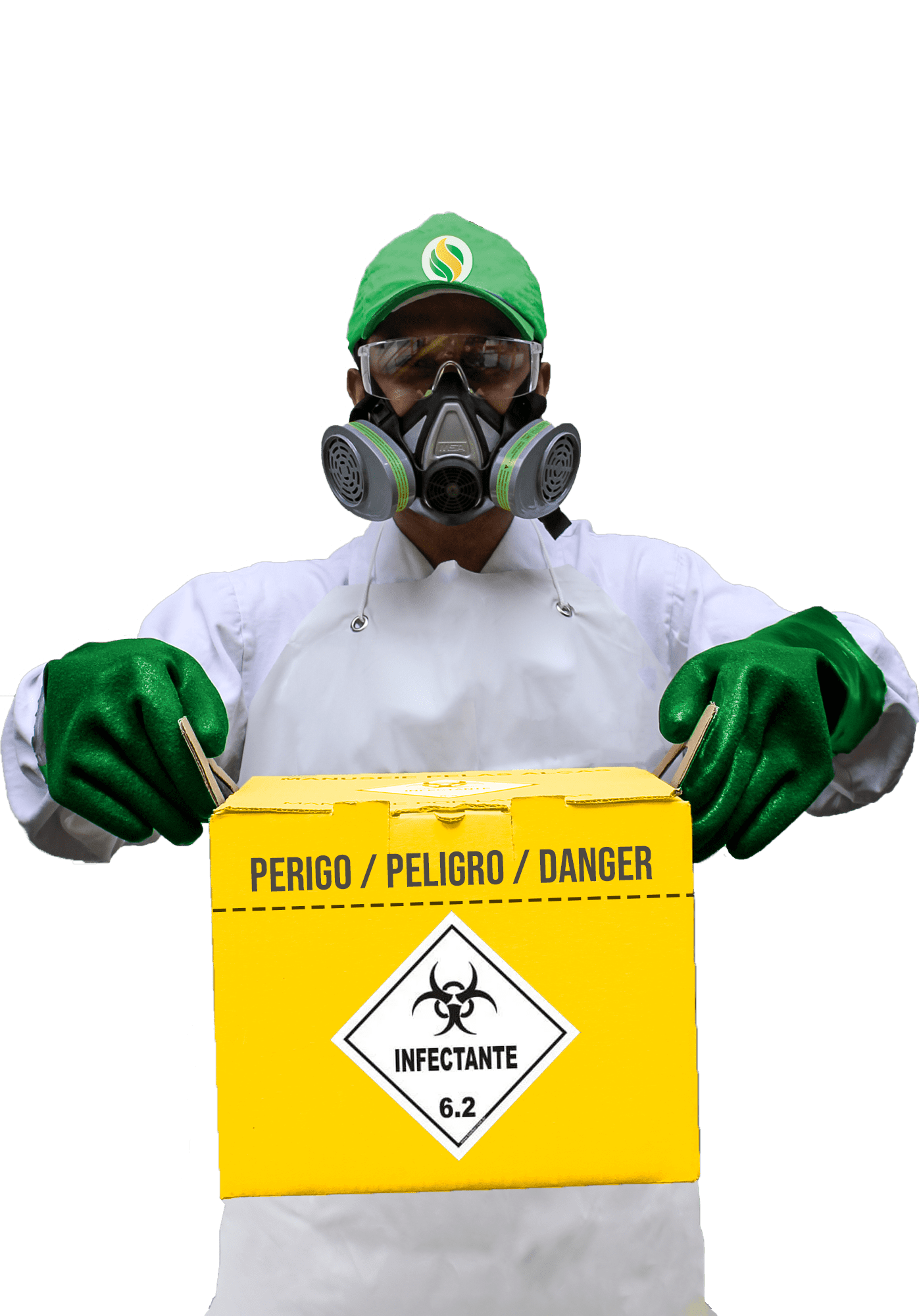What Is Composting?
Composting is the natural process of transforming organic waste, such as food scraps and yard debris, into a rich, nutrient-filled material known as compost. This compost, also called organic fertilizer, can be used to enrich the soil, helping plants grow healthier. Composting is a sustainable and eco-friendly way to reduce waste and return essential nutrients to the earth, promoting a natural recycling cycle.
How Does the Process Start?
The composting process begins with the collection of organic materials, classified into two main categories:
- Food Waste: Includes fruit and vegetable scraps, eggshells, and other food leftovers. Avoid adding meats, dairy, and oils, as these items can attract pests and cause unpleasant odors.
- Yard Waste: Consists of dried leaves, grass clippings, small branches, and wilted flowers. These materials provide carbon, essential for the composting process.

These materials are placed in a pile, compost bin, or designated container. The choice of location and type of container can influence the efficiency of composting. A well-ventilated spot and a container that allows air circulation are ideal for speeding up the process.
What Happens Inside the Compost Pile?
Inside the compost pile, several biological processes occur, involving different stages and microorganisms:
- Initial Decomposition: Microorganisms such as bacteria, fungi, and worms begin decomposing organic materials. These organisms feed on the waste and, in doing so, produce heat, raising the internal temperature of the pile. Heat indicates that decomposition is occurring and helps destroy pathogens and unwanted seeds.
- Aeration Process: Aeration is crucial to keeping composting efficient. Regularly turning the pile provides oxygen to the microorganisms and prevents the formation of a compact, airless mass. Lack of oxygen can lead to unpleasant odors and excessive moisture buildup.
As the microorganisms continue their work, the organic materials transform into a dark, rich substance. The final compost has a texture similar to soil and an earthy aroma. Full transformation can take anywhere from a few months to a year, depending on conditions like temperature, moisture, and aeration frequency.
How to Tell When Compost is Ready?
The compost is ready when it has a uniform dark appearance, a texture similar to well-aged soil, and an earthy smell. If large chunks of waste are still visible, it’s a sign that the compost needs more time to break down. It’s recommended to sift the compost before using it to remove materials that haven’t fully decomposed.
How to Use the Compost?
Once ready, compost can be used in various ways to benefit the soil and plants:
- Fertilizer for Plants: Mix the compost with garden soil before planting to enhance fertility and improve soil structure.
- Mulch: Use compost as mulch around plants to help retain soil moisture, reduce evaporation, and suppress weed growth.
- Soil Conditioner: Add compost to existing soil to improve water retention capacity and promote healthy plant growth.
Benefits of Composting
In addition to being environmentally beneficial, composting offers several advantages:
- Reduces Waste: Composting organic waste decreases the amount of trash going to landfills, contributing to the reduction of waste management issues.
- Enriches Soil: Compost improves soil structure, increasing water retention and providing essential nutrients for plant growth.
- Reduces the Need for Chemical Fertilizers: Compost reduces dependence on artificial fertilizers, which can be harmful to the environment and human health.
Conclusion
Composting is a simple and effective practice that turns organic waste into a valuable resource. By adopting the composting process, you contribute to reducing waste and improving soil health. With a little care and attention, it’s possible to create a sustainable nutrient cycle and promote a healthier, more balanced environment.











